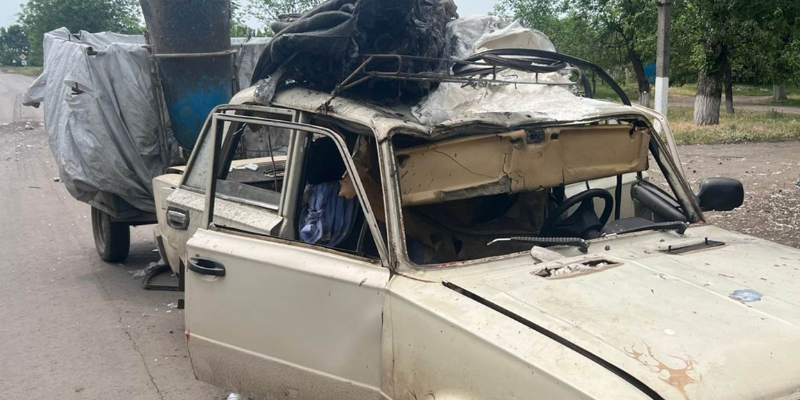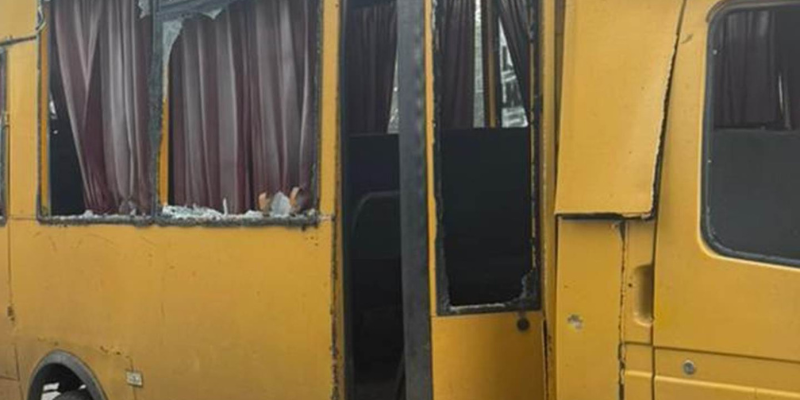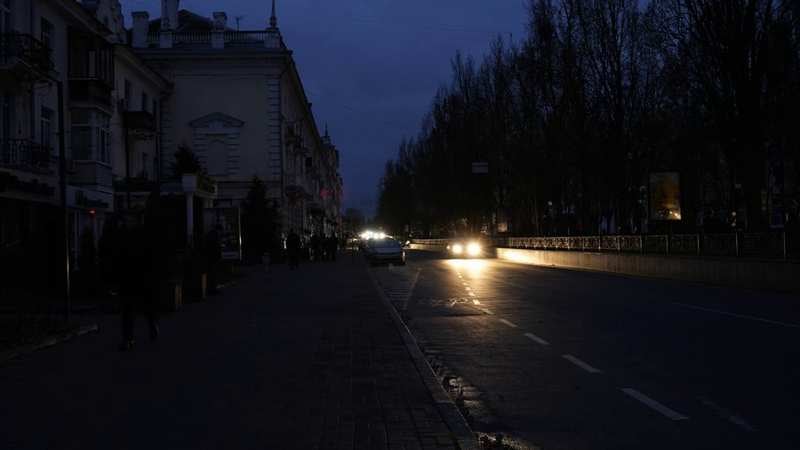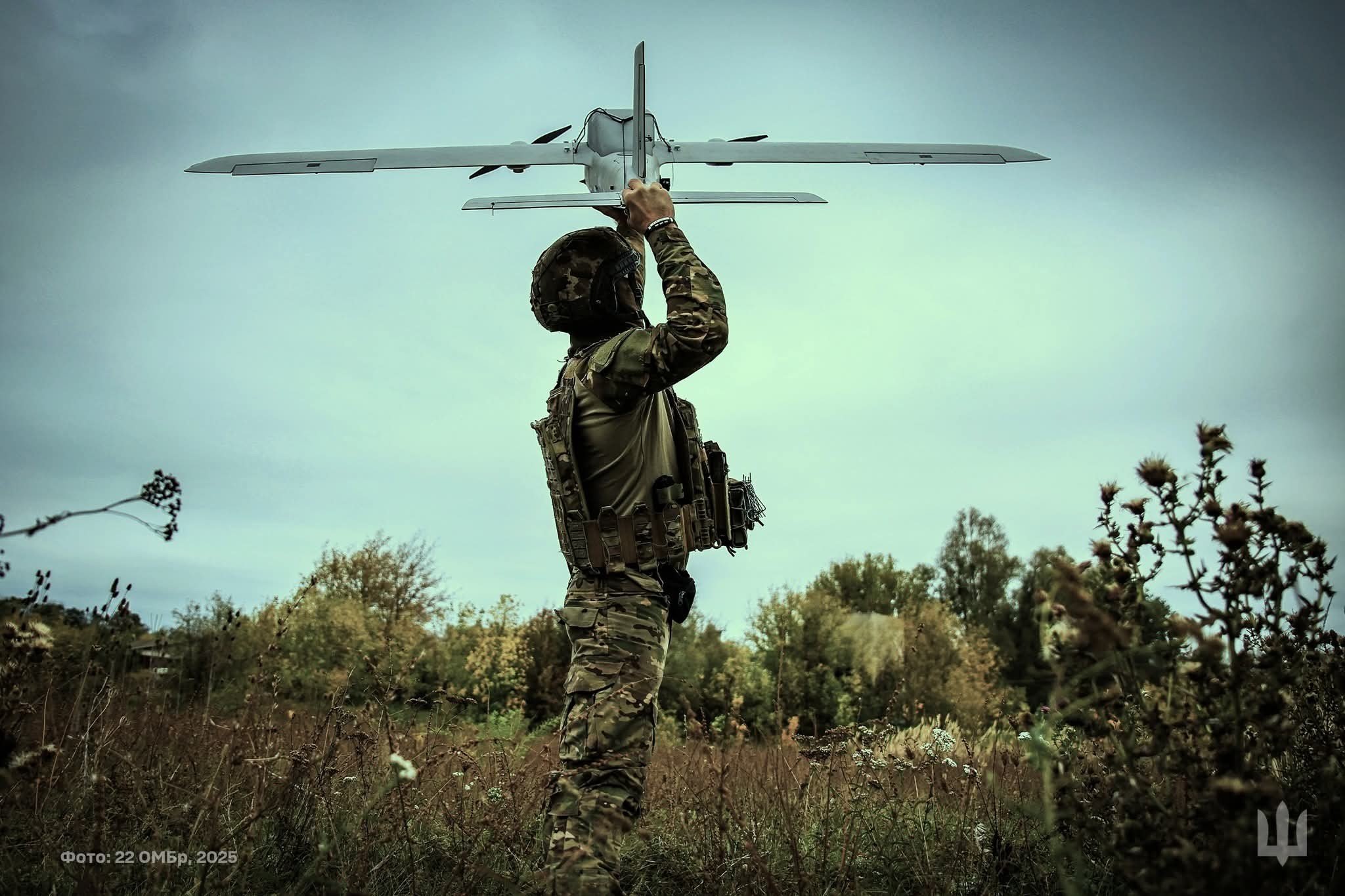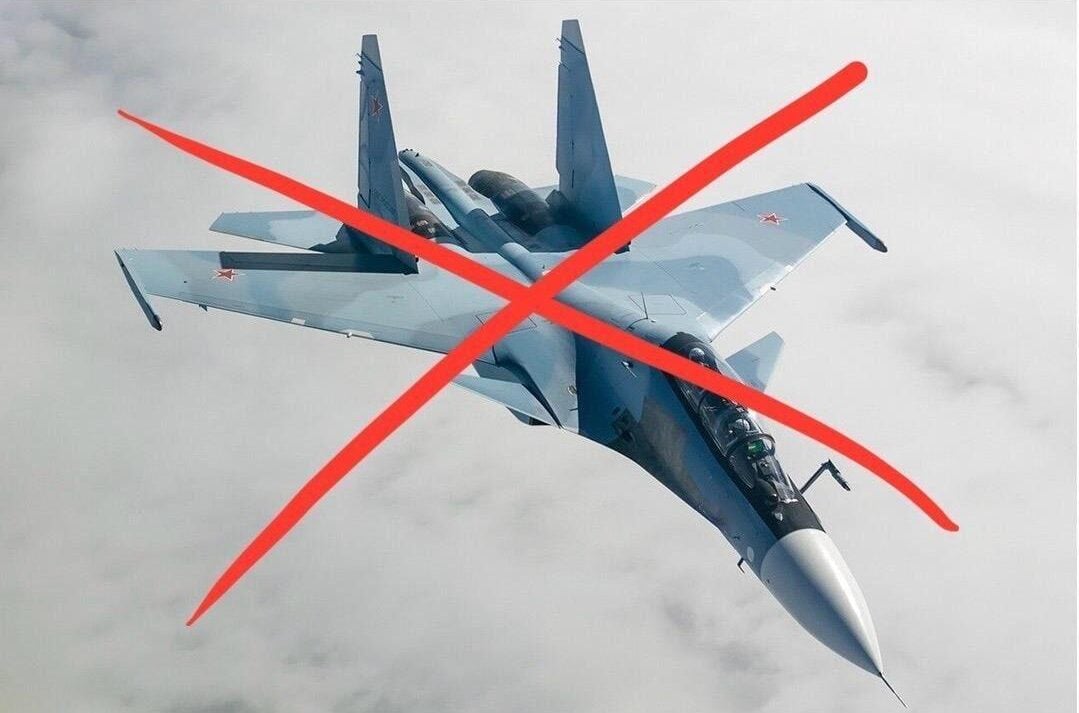Germany commits to multi-year defense support for Ukraine with IRIS-T air-defense systems

Germany will provide Ukraine with IRIS-T air defense systems over the next three years under a new supply agreement announced by Ukrainian President Volodymyr Zelenskyy on June 12.
Speaking alongside German Defense Minister Boris Pistorius in Berlin, Zelenskyy welcomed the long-term commitment, calling it critical to Ukraine’s ability to protect civilians and infrastructure from continued Russian bombardment.
“This does not mean the war will last three more years,” Zelenskyy clarified, according to media outlets who covered his Berlin visit.. “It means Ukraine needs sustained, high-quality air defense to ensure the safety of its people.”
The agreement builds on growing defense cooperation between the two countries. In May, Ukraine signed a deal with German manufacturer Diehl Defense to begin local production of IRIS-T systems and missiles – a step forward toward strengthening Ukraine’s defense industry and ensuring more reliable access to advanced weaponry.
\While not disclosing full details, Zelenskyy noted the agreed timeframe, underlining that it does not imply the war will last that long, but rather that Ukraine needs consistent air defence to protect its people.
The IRIS-T system, praised for its precision and effectiveness against drones, missiles, and aircraft, has become a cornerstone of Ukraine’s layered air defense network amid ongoing Russian aerial strikes.
Germany has emerged as one of Ukraine’s largest defense partners in Europe, with Berlin’s military aid expanding both in scope and duration.
SOURCESymbolic number of the Day
G7 may cut Russian oil price cap to $45—even without U.S. Most of the top industrial democratic G7 nations are ready to lower the price cap on Russian oil from $60 to $45 per barrel—even if the U.S. under President Donald Trump opts out, Reuters reported June 12. The push is led by the UK and EU members (France, Germany, and Italy), with backing from Canada and possible support from Japan. Falling global oil prices have made the current $60 cap less relevant. Oil and gas revenue is Russia’s main cash cow for its coffers that now goes toward financing its war economy. G7 leaders will meet on June 15–17 in Canada to discuss the move, first adopted in late 2022 to restrict Russian revenues while allowing sales under Western insurance. Unanimity is required, but EU and UK pressure may shift the balance.
SOURCEWar in Pictures
Russia targets civilian vehicles with suicide drones in Donetsk region: 2 civilians killed, 4 injured. Russian forces launched targeted attacks on civilian vehicles using first-person view (FPV) kamikaze drones in the easternmost Donetsk region on June 12, killing two civilians and injuring four others.
At approximately 10:40 a.m., an FPV drone struck the village of Illinivka in Kramatorsk district, killing a 79-year-old woman near a bus stop and injuring a 52-year-old bus driver and a female passenger. Both were administered medical treatment.
Two hours later, another FPV drone struck a car in the village of Mykolaipillia in the Druzhkivka community. A 35-year-old man was killed, and two more civilians sustained mine-blast injuries, shrapnel wounds, and abrasions. They were hospitalized.
SOURCEVideo of the Day
New prisoner exchange brings home wounded Ukrainian soldiers, some previously listed as missing. Ukraine has completed a new phase of its 66th prisoner exchange with Russia, securing the repatriation of a group of severely wounded and seriously ill soldiers from Russian captivity, Ukrainian President Volodymyr Zelenskyy announced on June 12.
“Today, warriors of our Armed Forces, National Guard, and Border Guard Service are back home,” Zelenskyy wrote on social media. “They all require medical treatment, and they will certainly receive the care they need.” Footage released by the Coordination Headquarters shows the emotional return of the freed servicemen.
This second stage of the Istanbul-negotiated exchange between the two countries included fighters from various branches of Ukraine’s military, including the Air Assault Forces, Navy, Air Force, Territorial Defense, Unmanned Systems Forces, National Guard, and Border Guard Service.
Among the released are defenders of Mariupol – conquered on May 16, 2022 during a devastating siege – who had spent over three years in captivity. All are men from enlisted and non-commissioned ranks.
Some of the soldiers had been previously listed as missing in action. They fought on multiple fronts — including Donetsk, Kherson, Kharkiv, Zaporizhzhia, and Luhansk.
The returnees will undergo full medical evaluations and receive both physical and psychological rehabilitation, as well as all state compensation due for the time spent in captivity.
SOURCEInstitute for the Study of War (ISW) report

Key Takeaways:
- Reducing U.S.military aid to Ukraine will neither lead to a sustainable peace in Ukraine nor compel Kremlin ruler Vladimir Putin to reassess his theory of victory.
- The Kremlin continues to attack Ukraine using rhetoric presenting an anachronistic reading of Ukraine’s history, denying the existence of an independent Ukrainian language and culture, and discrediting the Ukrainian government.
- Russian officials are also attempting to rhetorically split Ukraine from its Western partners and advocating for an escalation of Russian strike tactics in Ukraine as part of wider efforts to intimidate the West into weakening its support for Ukraine.
- Russian officials continue to promote anti-NATO and anti-Western rhetoric, likely as part of the Kremlin’s continued efforts to prepare Russian society for a potential future war against NATO.
- Ukrainian forces continue to strike Russian military and defense industrial targets in the Russian rear.
- Ukraine and Russia exchanged the bodies of killed in action (KIA) soldiers on June 11, in accordance with agreements previously reached during talks in Istanbul.
- Ukrainian forces advanced near Borova. Russian forces advanced near Chasiv Yar, Toretsk, Pokrovsk, and Novopavlivka.
War heroes

In Memoriam: Dmytro Kharkhondia, a hero of Ukraine’s defense forces
Jr. Sgt. Dmytro Kharkhondia, known by the call sign “Negroni,” was killed on October 9, 2024, near the village of Novovodyane in the Luhansk region. Together with his comrades, he faced his final battle and died from enemy gunfire. He was 32 years old.
Kharkhondia was born in the village of Brodetske in Vinnytsia Oblast. He graduated from the National Technical University in Vinnytsia with a degree in computer systems and networks. Before the war, he worked as a bartender for the Cartel hospitality group, including at the “Living Room” restaurant in Bukovel.
He was passionate about volleyball and held the title of Candidate for Master of Sports. As part of the Vinnytsia regional team, he became a national champion.
When the full-scale Russian invasion began, Kharkhondia joined the Ukrainian Armed Forces. He served in the 3rd Separate Assault Brigade and held the position of squad commander.
“Your desire to protect your land and your family was stronger than fear. You wanted us to be proud of you. You left behind so much love, many good friends, and all of us. Now you are our Hero, our Guardian Angel. We will cherish your memory until our last breath,” wrote his mother.
Kharkhondia was laid to rest at the Alley of Glory in the cemetery of his hometown. He is survived by his mother, Liudmyla Mykolaivna, and his brother Oleksandr.
*Kharkhondia’s story on the Heroes Memorial – a platform for stories about the fallen defenders of Ukraine.
Latest news
- Montenegro to join EU military training mission for Ukrainian troops
- US president’s envoy Kellogg says he compared Zelenskyy to Lincoln when talking to Trump
- Rubio congratulates Russians on Russia Day: US supports “aspirations for a brighter future”
- Ukraine’s foreign minister reacts to congratulations by some countries on Russia Day
- Pistorius: Germany may provide Ukraine with up to EUR 9 bln in aid
